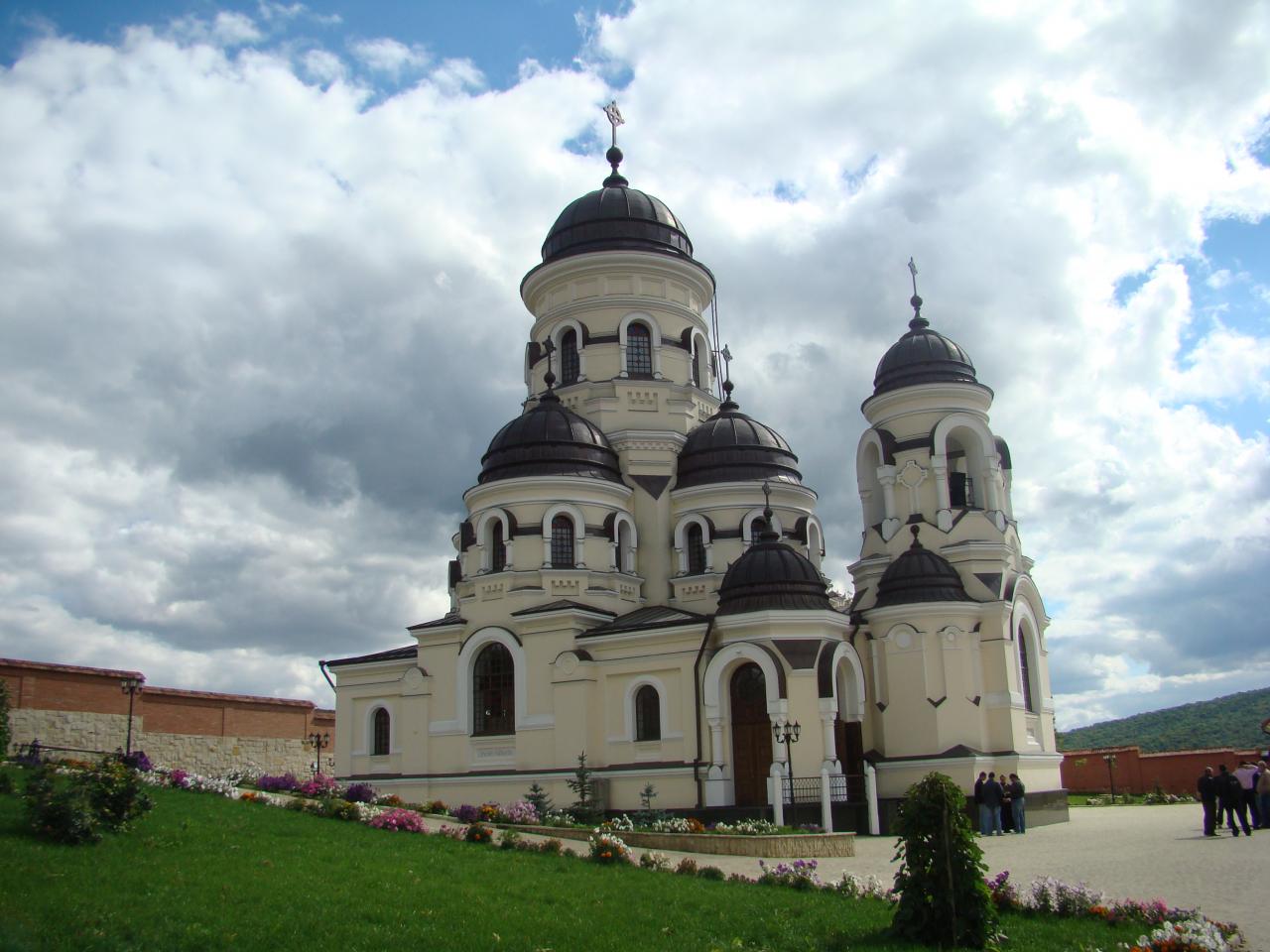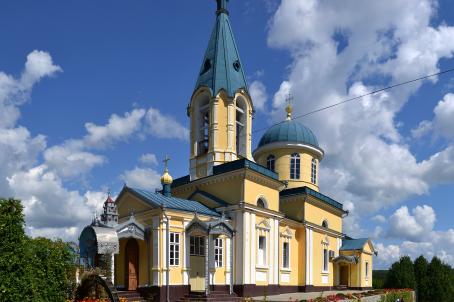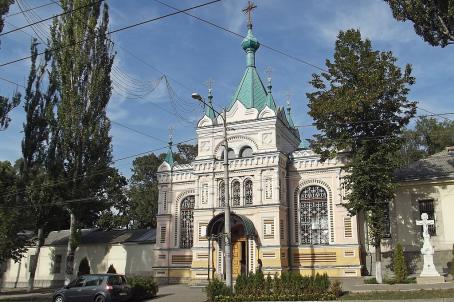Căpriana Monastery
Căpriana monastery is one of the oldest monasteries in Moldova, mentioned for the first time in the 1420s. Having the status of a royal monastery, the monastery establishment has benefited from the care of several rulers of Moldova including Stephen III of Moldavia (1457-1504), Petru Rareș (1527-1538). The first stone church, dedicated to the Assumption, was built during the reign of Alexander the Good, around 1425. In 1840, a second church of the monastery was built, dedicated to Saint George, and in 1903 a third church was dedicated to Saint Nicholas. In 1962, the monastery was closed: a sanatorium for children with tuberculosis was opened in the cells. It was only in 1989 that the monastery reopened.






